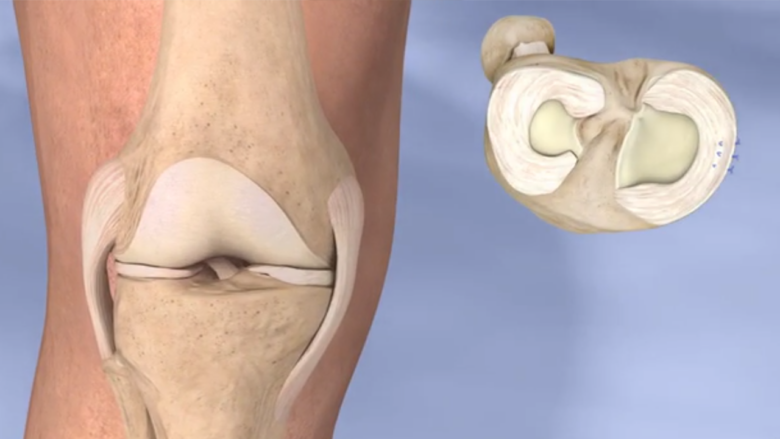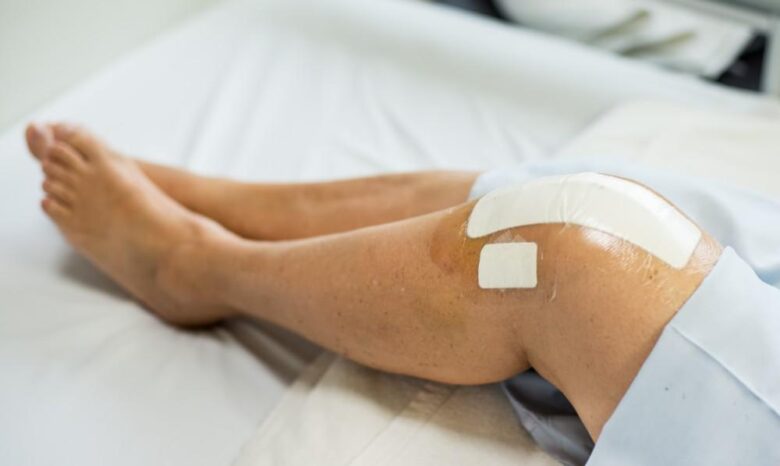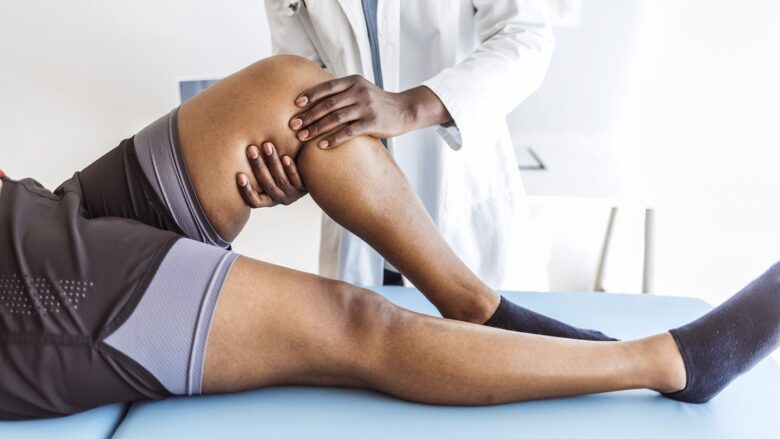If you researched the topic before opening this article, you must’ve learned that tears to the meniscus are commonly associated with professional athletes. However, the reality is, that it could happen to every single person out there. All it’ll take is a hasty move of the leg such as twisting, running, jumping, and even dancing.
You may have found yourself in this unfortunate situation and if so, you may be wondering whether or not you could walk with such an injury. To answer this particular question right away, it’ll rely on the extent of the injury. To help you understand it and the recovery process better, here is our list of several FAQs, answered:
Contents
1. What Exactly is it?
Before we look at some other info that could help you understand the position you’re in, let’s first learn what this type of tear is. Such tears are injuries of the cartilage (shaped as the letter “C”) located between your tibia and femur. It’s, perhaps, the most frequent wound that occurs and although it’s often connected to sports, it could occur to anyone, no matter their age or profession. There are 2 types of this particular injury – lateral or medial rips.
The variation between the varieties is, of course, the location. Every joint is formed from 2 menisci, the medial one being on the internal side, while the other one is situated on the outside. You must remember, if you think that you’ve suffered from this injury, you must consult with your doctor immediately, mostly because they’ll be able to tell you whether or not you’ve actually injured it. Nonetheless, there are some symptoms of a ripped meniscus.
2. What Are The Typical Signs?

Source: orthop.washington.edu
The very first thing that you should know is that a torn meniscus could be extremely painful, but some individuals may not feel anything. Nonetheless, there are some common symptoms that can indicate this condition including stiffness of the leg, swelling, inflammation, and, of course, pain. When it comes to pain, you may feel it when you put your weight onto the wounded leg or if you rotate it to a certain degree.
3. Will I Be Able to Walk Normally?
As we mentioned at the beginning of this article, this will entirely rely on the extent of the impairment. A lot of people can put their weight onto their leg, more specifically, the knee, and they could manage to walk naturally after the rip occurs. Because of this, a lot of athletes could actually carry on playing, even after such an injury occurs. It’s worth mentioning that it could take a couple of days for you to begin feeling and seeing the signs.
For example, if you cannot expand your leg or if your knee ends up latching all the time, this might occur due to a typical meniscus injury referred to as the bucket handle rip. This is often described as the cartilage becoming loose in the joint, which is something that’ll result in instability of the leg and the latching up symptom. This could occur to you, even if you’re doing everything possible to move normally.
You should know, that a lot of people don’t actually notice the knee popping, however, they might hear the popping sound. When this happens, it could be followed by sharp and strong pain. If this occurs, you must see your physician right away, however, you could also choose to see an orthopedic surgeon that could help you get back on your feet. If you’re interested in seeing what orthopedic service you could opt for, check out https://www.jeremyburnhammd.com/.
4. Will I Require Surgery?

Source: tri-stateorthopaedics.com
Your physician may end up informing you that you don’t require surgery to fix the wound, which suggests that they may allow you to walk. But, even if you’re in this situation, you’ll have to be extremely cautious about how you move, mostly because a sudden move could end up worsening the injury. Because of this, you must avoid squatting and other activities that could cause too much stress on the knee.
5. What Happens After I Have Surgery?
Once you get surgery that’ll fix the tear, you may have to build up some power in your legs, mostly because this will allow you to support your knee. However, the entire rehabilitation process will be determined by your surgeon and it’ll mostly depend on the technique they used for repairing your meniscus. Also, the rehabilitation should include exercises that slowly get harder, which is something that can prevent additional damage to the joint.
6. What Can I Do to Speed Up The Healing?

Source: tri-stateorthopaedics.com
The first thing that you should ensure is that you must rest enough. This means that you shouldn’t force yourself too hard when it comes to moving around, instead, you may want to relax and rest the wounded knee. Besides this, a lot of experts recommend that you apply cold compressions to the injured leg for approximately fifteen to twenty minutes and after, you should remove it. This should be repeated a couple of times per day.
Another thing that you can try is compression, mostly because it’ll help with the swelling and inflammation that are common signs of a tear. Hence, if you opted for wearing a compression sleeve, you should pull it over the injured site and it should eliminate the swelling. Last, but as important as everything we’ve mentioned, you should make sure that you take the load off the leg and raise it. This will also help with the inflammation, and more importantly, with the pain, you may be feeling.
Conclusion
Although a torn meniscus could and most likely will cause a wide array of problems for you, it’s still possible that you may walk after experiencing the injury. However, in this situation, you should consult with your doctor and they’ll tell you what you should and shouldn’t do.
By now, you probably understand more about this particular condition, and if you think that you’ve sustained such an injury, you shouldn’t lose any more of your time. Instead, you should schedule an appointment with your doctor, and together with them, come up with a treatment and recovery plan.
